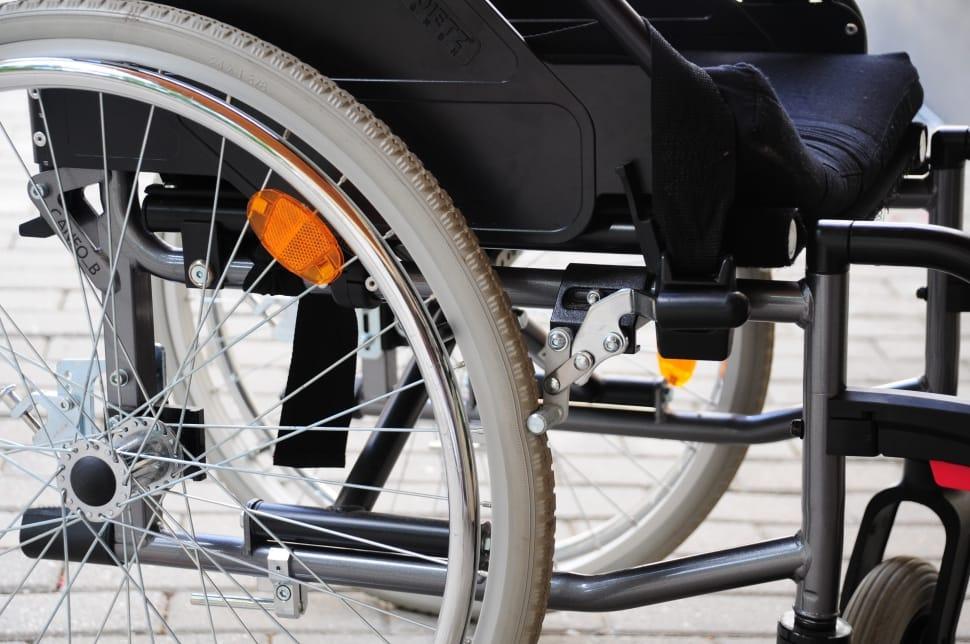Many people who receive disability benefits under the Social Security Disability Insurance (SSDI) program find it difficult to support themselves and their families. As such, they may be interested in applying for additional assistance, such as food stamps.
Fortunately, SSDI beneficiaries can claim food stamps through the Supplemental Nutrition Assistance Program (SNAP) program. Beneficiaries are required to meet some additional criteria to qualify for both SSDI and SNAP.
Read below to find out what this criteria entails and whether you qualify.
SNAP Overview
SNAP is a major source of food assistance for low-paid working families, older adults with a low income (those 60 years of age and over), those with disabilities surviving on fixed incomes, as well as for other people and their families with low incomes.
Approximately two-thirds of SNAP recipients are living in households with children, while more than one-third of those receiving SNAP are living in households with senior citizens or individuals with disabilities.
SNAP is the federal program that offers the most support during and after periods of economic instability, following closely behind unemployment insurance in terms of responsiveness,
The federal government foots the bill for all SNAP benefits and shares the program’s overhead with the states. All 50 states, DC, Guam, and the Virgin Islands can participate in SNAP. However, Puerto Rico, American Samoa, and the Commonwealth of the Northern Mariana Islands are not.
Despite having poverty rates that are significantly greater than those found in the rest of the United States, these three territories are not eligible for the SNAP and instead receive limited block payments for nutrition aid.
SNAP Eligibility Criteria Income Limits

In order to be eligible for food stamps, a person’s “gross” income (an individual’s total earnings before taxes or other deductions), as well as their “net” income (earnings after taxes and other deductions are taken out), must be within the prescribed ranges.
However, while on SSDI, you only need to show that your net income is below a certain threshold to qualify for SNAP.
The net monthly income limit in 2023 for a single person’s household is $1,133 and increases by $394 for each additional person in the household.
You can meet the income standards for SNAP benefits and still be denied benefits if your financial assets are too high. In order to receive SNAP benefits, a family cannot have more than $2,750 in “countable resources,” which includes things like cash and savings.
Due to your disability, you are able to have as much as $4,250 in assets and still receive SNAP benefits.
The value of your house or land is not considered an asset for SNAP eligibility. The same goes for your wardrobe and furniture. One car per adult and any cars that are utilized by members of the household under the age of 18 to commute to school or work are also not considered resources.
Other types of cars, such as the ones that are listed below, are not included in this restriction.
- Vehicles used for commercial purposes (such as taxis, trucks, and delivery vans)
- A mobile home (such as a motorhome) that serves as one’s primary place of residence
- Vehicles that are required to transport people with disabilities
- A vehicle that serves to transport the majority of your household’s fuel or water
- A vehicle that has a resale value of less than $1,500
Vehicles that are operating without licenses are typically considered resources. If the exempt cars have a fair market value that is greater than $4,650, then the additional value is considered a resource.
Let’s imagine you have a recreational vehicle that you use for camping, but aren’t currently making payments on. If the RV has a fair market value of $15,000, then $10,350 ($15,000 minus $4,650) would be considered financial assets.
Can I Claim Food Stamps While on SSDI?
SNAP can be a lifeline for those having trouble making ends meet and feeding their families. As a result, many people who are disabled and get Social Security disability benefits are simultaneously receiving food assistance through SNAP programs.
According to statistics, over one-quarter of all SNAP recipients are simultaneously receiving benefits from the Social Security Disability Insurance or Supplemental Security Income programs. Older adults and people receiving disability benefits must meet additional criteria to participate in the program.
Beneficiaries of SSDI cannot have assets worth more than $3,500. If you don’t live with a disabled person or an elderly person, you can only have $2,250 in assets.
Tips for SNAP Application While receiving SSDI

If you believe that you are qualified to receive benefits through the SNAP program, you are required to submit an application in the state in which you are presently residing. Social Security offices accept SNAP applications from people who are currently receiving disability payments.
Submitting your SNAP application to the appropriate state agency or local SNAP office will initiate the processing of your request for assistance. Then you will hear back via mail regarding the status of your application. Applicants should expect to hear back within a month.
Within that 30-day window, applicants must also undergo a SNAP eligibility interview. Additionally, you will need to demonstrate that the information you included in your application has been verified in order to receive food stamps.
If you are found to be qualified for the SNAP program, you will begin receiving benefits from the date that your application was initially processed.
If your SNAP claim was rejected, you’re given the option to request a hearing within 90 days of receiving the denial notification. You can appeal a denial by submitting the request in person, by phone, or in writing.
Conclusion
Although there are additional criteria that disability beneficiaries must meet before they are eligible for both programs, most beneficiaries have nothing to worry about. Contact an experienced Social Security disability attorney to discuss your options if you are already receiving SSDI or SSI benefits and are interested in applying for SNAP.


